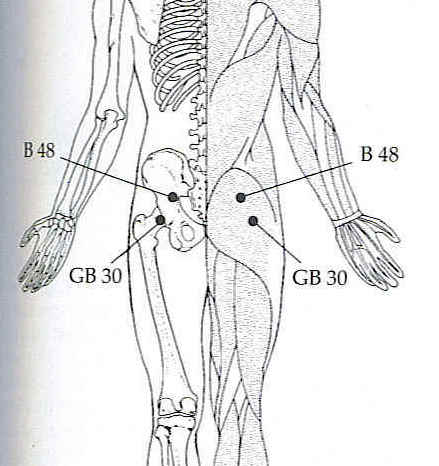The Power of Using Acupuncture as Preventative Medicine
/Healthcare in the United States is undergoing a significant transition as large portions of the population are now looking for wellness solutions that are proactive and forward-thinking. For far too long, medicine in the West has relied upon a reactive model of treatment, one that offers relief after an ailment has occurred and already affected quality of life. This shift in perspective is becoming quite prevalent; an example is currently being seen within the options presented by insurance providers. These companies are now beginning to cater to their customers’ preferences for alternative medical options—something that was unheard of in the past.
Can Acupuncture Be Used As Preventative Medicine?
Over the past ten to twenty years there has been a considerable rise in the popularity and notoriety of alternative medicine—specifically acupuncture, which is now seen as a viable solution to promoting and supporting health and well-being.
Many people are looking outside the boundaries of Western medicine, as they now understand that maintenance of the body and prevention of illness require a forward-thinking and holistic approach. Acupuncture offers this perspective as it has the ability to maintain health and the capability to resolve sickness, pain and suffering.
Research studies are currently being done to test the validity of the claims being made regarding the effectiveness of certain alternative modalities when treating specific ailments. There are numerous studies that have been completed—and many that are now underway—which present supporting evidence regarding the efficacy of alternative medicine as either a complement to or a replacement of Western medicine.
The University Of Maryland Medical Center completed their research and concluded that acupuncture provided true pain relief and was not just a placebo effect. [Link] The Harvard Medical School published an article that also provided support stating that there is clear benefit to using acupuncture; specifically how low the potential adverse affects can be when compared with Western medications. [Link]
In a previous post titled “Why Do I Need Acupuncture,” we presented information about how useful acupuncture is to promote good health. There was an analogy we shared which is applicable to the premise that acupuncture can be used as a preventative medicine. The analogy is that every automobile that runs on gasoline is required to get its oil changed after driving a specific number of miles. By performing this scheduled maintenance, the integrity of the engine will be maintained and mechanical issues will be prevented. The engine needs fresh oil to properly function. When the oil breaks down, friction can occur, leading to serious—and possibly catastrophic—issues.
The human body can be likened to a car engine as it has specific functions that require maintenance, care and attention. Energy flows throughout the body. When it gets blocked or becomes stagnant, health issues can arise. When energy is able to move freely, the mind, body and spirit will be peaceful and harmonious. Receiving regular, or semi-regular, acupuncture treatments provides the necessary support the body needs. It will address any issues that might need to be focused on before they become a bigger problem.
So, to answer the question as to whether acupuncture can be used as a preventative medicine, the answer is yes, it certainly can be. We wanted to also share our thoughts on how it can be used as a complement to Western medicine. Let us be clear in this regard. There is a place for both medicines to co-exist, and it is our hope that in the future Eastern and Western medicine can finally come together to provide a more holistic solution for humanity. Each side has its strengths and weaknesses, its advantages and disadvantages. To choose one without consideration of the other is to negate the potential for health and set aside possibilities for healing.
This article originally appeared on collective-evolution.com and was written by PAUL KERZNER











![Self-regulation “control [of oneself] by oneself"](https://images.squarespace-cdn.com/content/v1/55563e14e4b01769086817cb/1542845645966-PO2HGKF5JLUBM45UIWQ3/wee-lee-790761-unsplash.jpg)





















